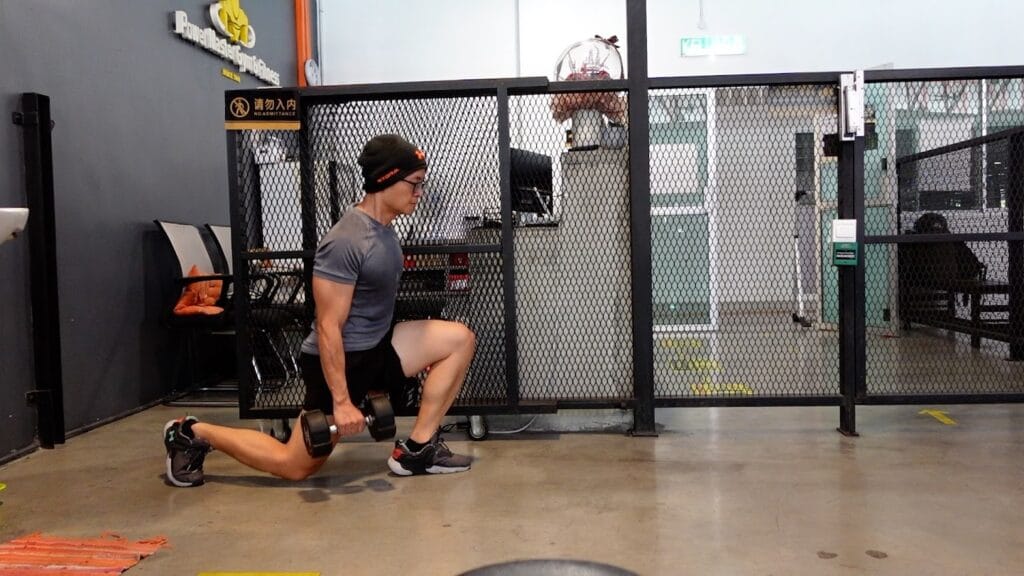
Success in one domain, say fitness, can feel easier to conceptualize than success across many domains (career, relationships, creativity, personal growth). But certain mindset principles tend to undergird the lives of people who thrive broadly, not just in one area. Below I explore these mindset secrets principles, anchored by lessons from The One Thing (Gary Keller) and Willpower Doesn’t Work (Ben Hardy).
1. Focus > Busyness: Prioritize the One Thing That Moves Everything
One of the core teachings of The One Thing is the “focusing question”:
“What’s the ONE thing I can do such that by doing it everything else will be easier or unnecessary?”(thecrunch.io)
This is more than a productivity trick. It’s a mindset: that meaningful success is not about doing everything, but doing the few things that really matter.
- In health and fitness, this might mean prioritizing consistent strength training or quality sleep, rather than scattering efforts across every possible wellness trend.
- In career, you might ask: what one skill or project will accelerate all my other goals?
By consistently directing energy toward your “one thing,” you create a domino effect. Small consistent steps build momentum, eventually tipping over larger challenges.
Keller also warns us about the “lies” that derail us (e.g. “Everything matters equally,” “I must be disciplined all the time,” etc.) The key is not perfection but alignment.
2. Consistency is Intensity
Gary Keller argues that people often mistake intensity for bursts of high effort, but true intensity is consistency over time. In his words: “Intensity = consistency.” (the1thing.com)
Consider this: a person who works out moderately but consistently over years will almost always outperform someone who overtrains and burns out. The same goes in business, creativity, or learning a craft.
This mindset shift allows one to endure plateaus, setbacks, and inertia. You don’t always need dramatic leaps; you just need to “show up” regularly for the fundamentals your life depends on.
3. Willpower Is Limited: Shape Your Environment to Win
Here’s where Willpower Doesn’t Work challenges a conventional belief. Many people assume that sheer willpower or self-discipline is the engine behind transformation. Hardy contends that this is a flawed assumption: willpower is a finite resource, and relying on it long-term is unsustainable. (sobrief.com)
Instead, Hardy emphasizes the outsized importance of environment. If your surroundings align with the person you want to become, many decisions become default rather than battles. (shortform.com)
Key ideas:
- Remove friction. E.g. don’t have junk food in the house; put your phone in another room while you focus. (medium.com)
- Use forcing functions. These are self-imposed constraints that make desired actions inevitable (e.g. deadlines, public commitments). (medium.com)
- Cross your point of no return. Make some commitment (time, money, reputation) that makes reverting harder than pushing forward. (sobrief.com)
- Automate by environment. When your identity and space support your routines, you rely less on willpower. (shortform.com)
In short: if willpower is the “muscle,” environment is the playing field.
4. Identity > Goals
Successful people tend not to chase goals in isolation; they become the type of person who achieves those goals. Your behaviors follow your identity.
- Instead of “I want to lose 10 kg,” you think, “I am someone who cares for my body and shows up to train.”
- Instead of “I want to run a business,” you think, “I am a creator and contributor.”
When your environment and actions reinforce that identity, you’re less likely to slip back into old patterns. This ties back to Hardy’s emphasis on building an environment that forces you into your desired identity. (shortform.com)
5. Embrace Discomfort: Growth Lives Outside Stasis
A recurring theme in both books is that transformation rarely happens in your comfort zone.
- Keller’s idea of pushing “dominos” implies momentum, and to push something, you have to overcome resistance.
- Hardy states that great change often comes from “forcing functions” and difficult situations, not smooth, calm routines. (medium.com)
If you accept that discomfort is part of the process, setbacks become data, not verdicts.
6. Composite Success: Integrating Across Domains
If you want to be “successful in most things,” you must see your life holistically. Here’s how to bind these principles across domains:
| Domain | One Thing Approach | Environment Strategy | Identity Shift |
| Health & Fitness | What exercise or habit creates the biggest ripple? | Kitchen design, workout gear available, sleep hygiene | “I am someone who nourishes & challenges my body” |
| Work / Career | What core project moves your mission most? | Block time, remove distractions, delegate lower priorities | “I am a creator who delivers impact” |
| Relationships / Growth | What small ritual deepens connection or learning? | Shared experiences, putting phone aside, meaningful questions | “I am a person who invests in others” |
Integrating doesn’t mean doing them all at once. It means that your priorities, space, and identity are aligned such that each domain doesn’t fight the others.
7. Practical Steps to Cultivate This Mindset
Here’s a step-by-step outline you could share on your blog:
- Clarify your overarching “One Thing.” Ask that focusing question daily.
- Time-block deeply. Reserve a protected chunk of time for that core task.
- Audit your environment. Identify and remove friction, distractions, temptations.
- Introduce forcing functions. E.g. make commitments public, set deadlines.
- Reinforce identity. Use language internally and externally that affirms who you are becoming.
- Track over the long run. Don’t judge two weeks; judge two years.
- Expect discomfort and adjust. Use setbacks as feedback loops, not reason for withdrawal.
I am a health & fitness coach and would be able to give you my secrets of success in helping you to achieve optimal body composition and health. Visit me at https://hoyahwen.com/dpp

No responses yet